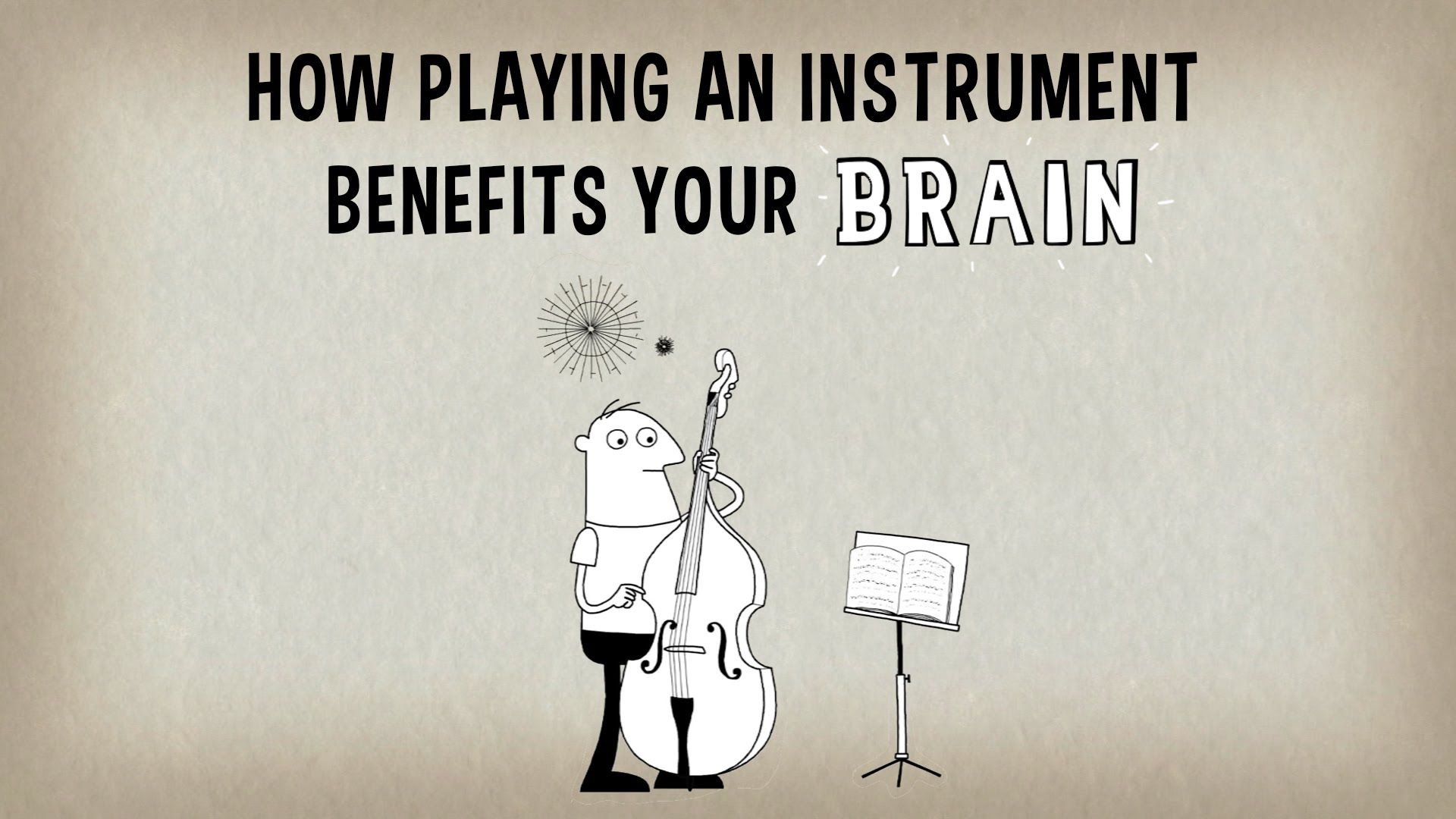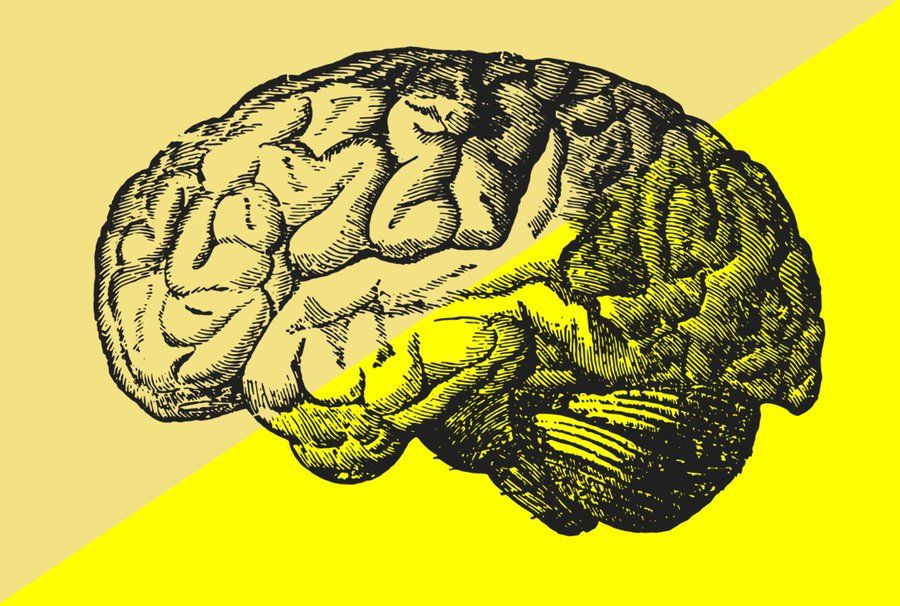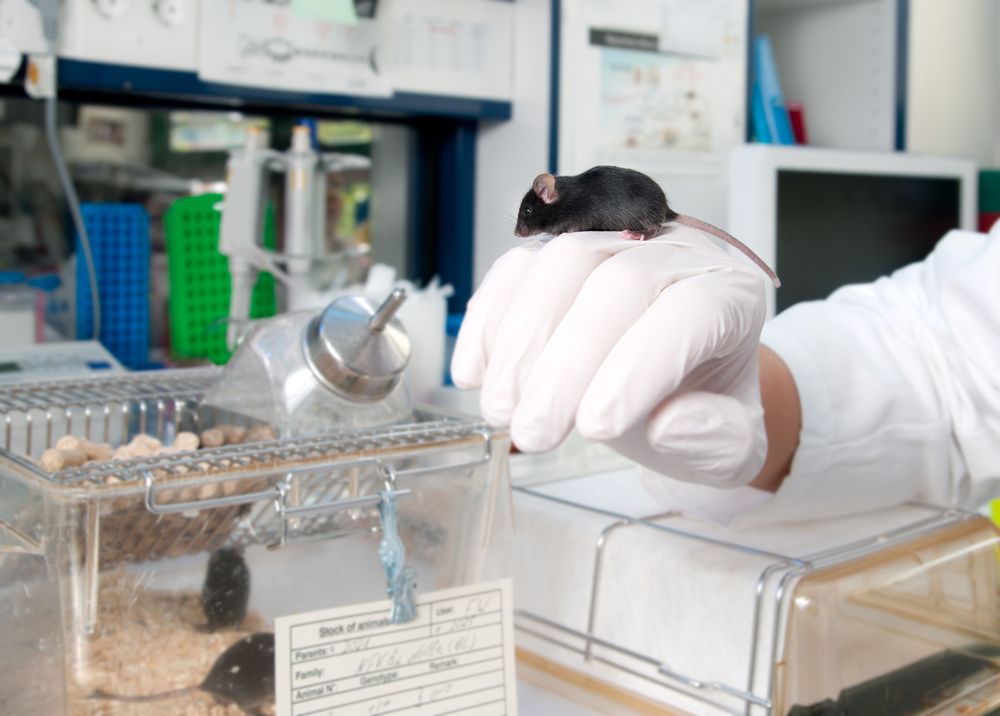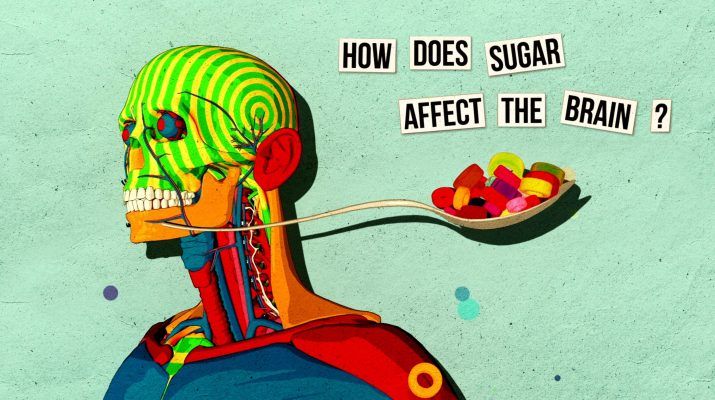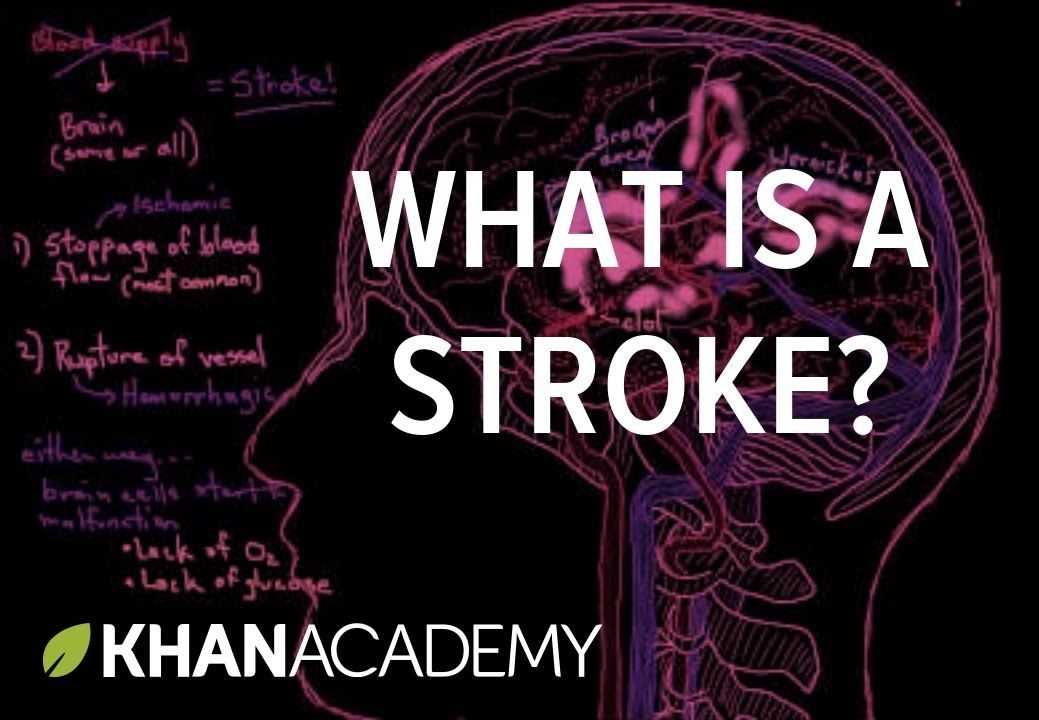When you listen to music, multiple areas of your brain become engaged and active. But when you actually play an instrument, that activity becomes more like a full-body brain workout. What’s going on? Anita Collins explains the fireworks that go off in musicians’ brains when they play, and examines some of the long-term positive effects of this mental workout.
Did you know that every time musicians pick up their instruments, there are fireworks going off all over their brain? On the outside, they may look calm and focused, reading the music and making the precise and practiced movements required. But inside their brains, there’s a party going on. How do we know this?
